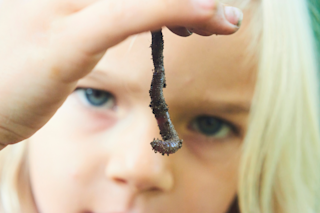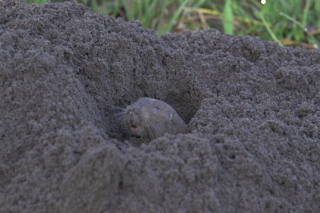It was mid-July, and Sam Comfort was teetering at the top of a 20-foot ladder, desperately trying to extract a cluster of furious honeybees from a squirrel house in rural Dutchess County, New York. Four stingers had already landed on his face, leaving welts along the fringe of his thick brown beard. That morning, the owner of the squirrel house had read an article in the local paper about Comfort’s interest in collecting feral honeybees, so he called and invited him over. Commercial bee colonies, faced with massive mortality rates, are not faring so well these days, and unmanaged hives like this one could be their salvation. Comfort hurried over, eager to capture the hive’s queen and bring her home for monitoring and, if she fares well, breeding.
The nation’s great bee die-off has provoked a furious debate: What has caused a third of all commercial honeybee colonies to perish ...














